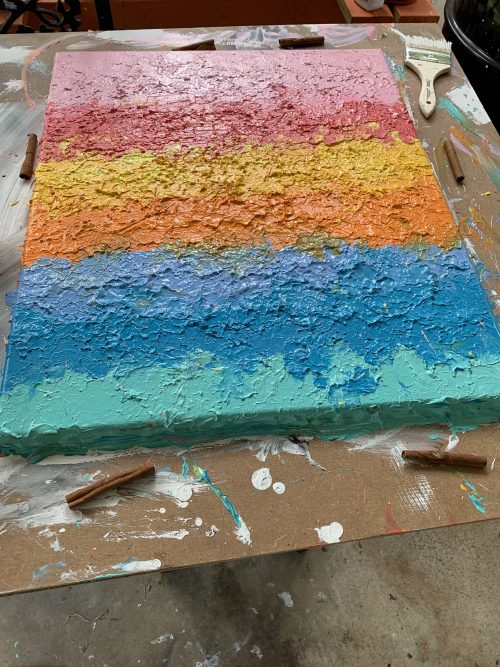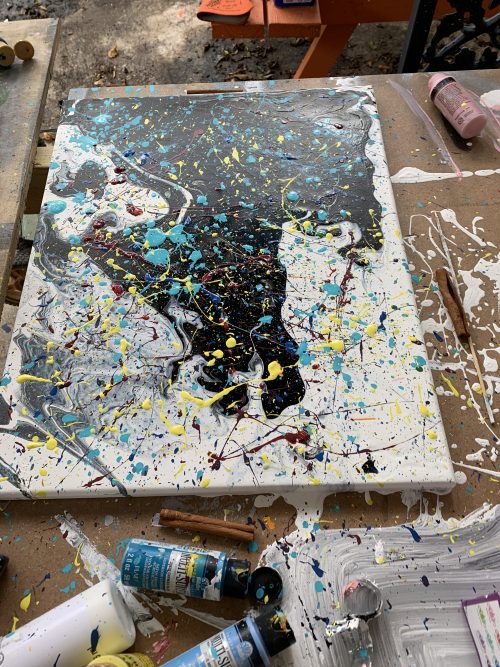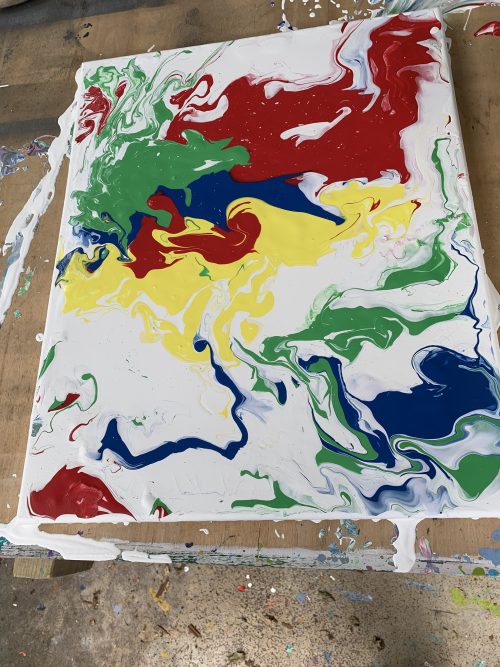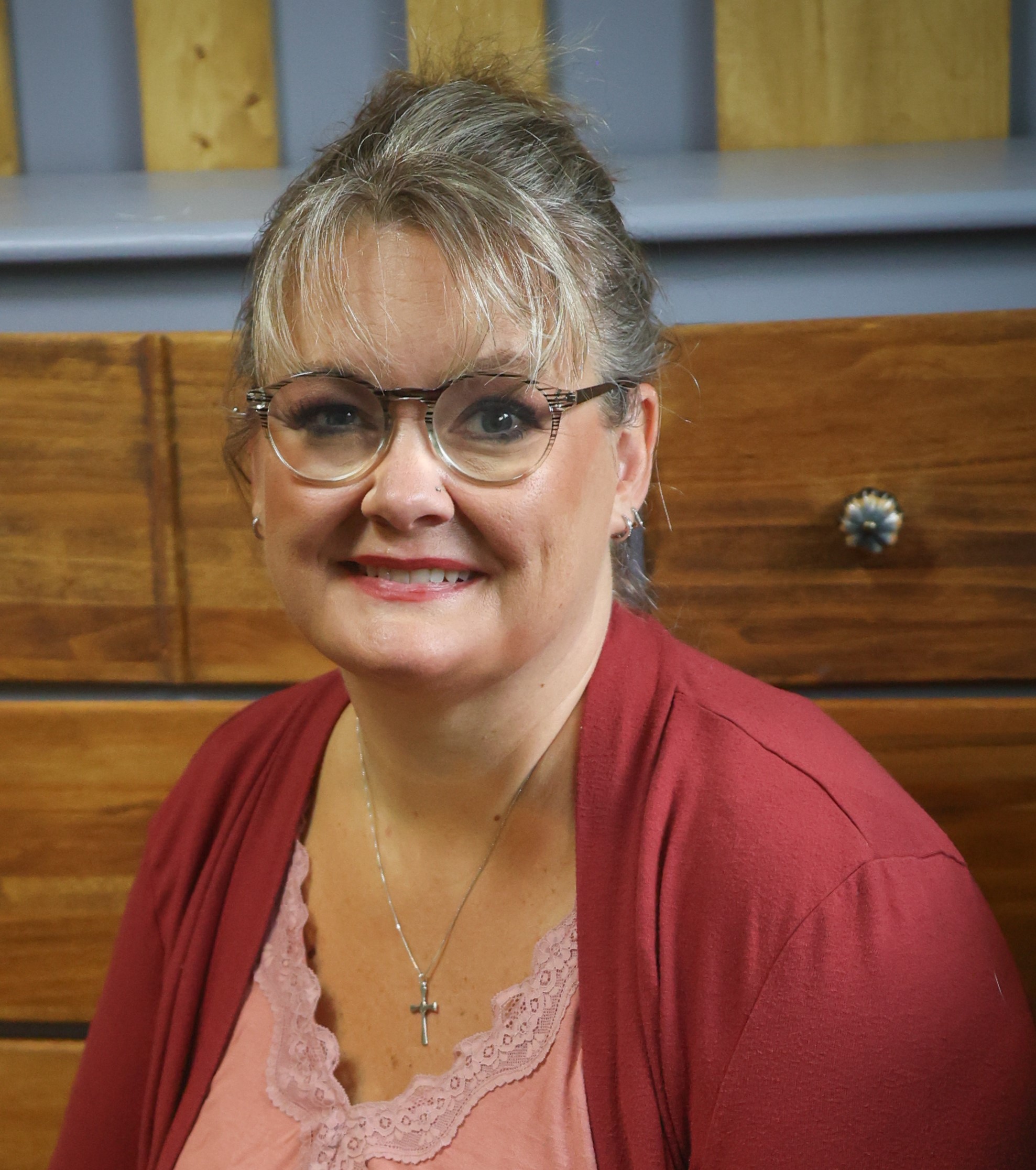by Hope
With time on our hands, we’ve decided to start a side hustle we can all participate in.
Advantages
Super low start up costs
Little marketing required
Work on it when we want
Something we can work on together or separate
Main materials super cheap and easy to get around here
There are some super talented kids in my house (and that’s not just a mom brag)
Disadvantages
Reliant on the right person seeing our product
Takes up a good deal of space
Will need to master some new skills
Need to track expenses pretty closely so we don’t go overboard
What are We Doing
We are going to be refinishing/recycling/revitalizing old solid wood furniture. In most cases, the plan is to just give pieces a good cleaning and facelift. In other cases, we will be re-purposing the piece depending on condition.
Here’s where we are starting:
- Bought 4 pieces of furniture within 10 miles of us, each under $30
- Small corner shelving unit – $10
- Coffee-ish, drawer unit on wheels – $10
- Chest of drawers – $25
- What-not cabinet – $30
- Have set up workspace with all our paints – we have a TON of paint stuff. Between the kids art and working around our house, we’ve got all sorts of colors, types of paint and brushes. (You can see a few of the paintings Gymnast has completed this summer. He’s probably done a dozen pieces on all sorts of mediums in the last couple of months. There are several hanging in local shops as well. So far we haven’t been willing to sell them, but I am running out of room on my walls…so that will probably be the next step.)
- Collected other supplies from around the house. We have a palm sander, sanding blocks, painters tape, hammers and finishing nails. (We’ve got some power tools too, but I didn’t set those out since our workspace is outside.)
Financial Agreement
I fronted the cash for the initial purchases and purchased all the supplies we are using. (I didn’t buy any new supplies, just purchased these in the past so they are here.) We’ve decided that instead of tracking everything little thing we use it will be easier to just have a standard fee for use of the existing tools and supplies. This eliminates the headache of counting every nail or ounce of paint, etc. but still pays me back for the supplies and over time, builds our fund to restock supplies or buy more tools.



If we have to buy anything specific for a piece that we don’t have here, we will add it for that piece alone. For the time being, I have decided on a set $10 fee per piece for existing supplies and tool usage.
This means that for every piece completed, I will receive the initial cash cost + $10 for tools and raw materials. Whoever works on the piece will split the money from the sale. For now, I am going to let them price out each piece and we will see how it goes.
Teaching Business Lessons
The kids and I talked extensively about this especially in regards to artists. (Gymnast has a very specific and specialized side hustle he wants to start, but the initial investment will be several hundred dollars.) We have discussed what costs artists need to consider when pricing a piece – the raw materials, their time, delivery costs (shipping) and how unique the piece is.
We’ve also discussed how to be competitive in a sometimes over-saturated market. How one can compete by price, by creating a unique product, creating a sense of urgency and limited availability and much more.
I’m looking forward to this side hustle and seeing what the results are. I will definitely post some before and after pictures of the pieces. We are hoping to complete and sell the 4 pieces listed above this month. Wish us luck!

Hope is a creative, solutions-focused business manager helping clients grow their business and work more efficiently by leveraging expertise in project management, digital marketing, & tech solutions. She’s recently become an empty nester as her 5 foster/adoptive kids have spread their wings. She lives with her 3 dogs in a small town in NE Georgia and prefers the mountains to the beaches any day. She struggles with the travel bug and is doing her best to help each of her kids as their finish schooling and become independent (but it’s hard!) She has run her own consulting company for almost twenty years! Hope began sharing her journey with the BAD community in the Spring of 2015 and feels like she has finally in a place to really focus on making wise financial decisions.


Maybe it is just the way you phrased it that bothered me. But I don’t see why you are taking money from each sale. Presumably you’re just using oops paint you had laying around the house that was going to go to waste anyway and some old powertools that you’ve had forever. Why wouldn’t you treat it like a business where you have an initial startup cost and then simply reinvest profits back into new items and supplies?
This seems silly to me. You’ve said a bunch of times that you have so much work that your income is only limited by your time. If that is true, you wouldn’t spend your time bothering to repaint furniture. If it is just a kid’s side hustle then just let them be kids and run it by themselves. Why do you need to insert yourself as the banker?
It’s not so much inserting myself as a banker but rather teaching them about running a business including COGS. And our power tools are all less than a year old and the paint was bought recently as well. Nothing goes to waste when it comes to craft material around here.
And as for why…it’s nice to get out from behind the computer once in a while. And this will allow the kids to work and see the profits from their labors. Learning how to manage business money, set prices, marketing and so on.
But if these are craft items that you had initially bought them to pass the time with, then you’re now charging them for something that’s technically theirs. and charging for the use of power tools that had already been bought for something else, doesn’t seem right either. I can understand charging if there’s new paint, stains, hardware, etc. but supplies that are already on hand? IDK that just seems a bit like you’re taking advantage of your kids’ side hustles to get money from them. like that corner shelf. You paid $10 for it. They redo it, sell it for say $40. You’re now taking half that money and they are the ones that did all of the work. Doesn’t seem fair. idk.
It’s not charging them, it’s building a fund to restock the supplies.
“…but still pays me back for the supplies and over time, builds our fund to restock supplies or buy more tools.”
blech, way to take the fun out of a creative outlet
Really? I see it as a way to purchase supplies for a creative outlet AND to make some money.
Believe me, the canvas and paint costs add up. This will allow them to continue their passion projects on their own.
Great idea. If you continue with this side hustle, be sure to check out the free section of Craigslist. Many people just want to get rid of old furniture and will be happy if you just come take it.
Unfortunately the closest Craigslist location is an hour from here.
I think this is a great idea; and kids need to learn how a business works, including depreciation and cost of repair/replacement of tools, which is what i would assume part of the $10 charge will be going towards. The “kids” are older teens,they are not elementary school kids that Hope is “taking advantage”. Soon enough they will be in the real world and will have a fair idea of what is involved in side hustles such as this. Great job Hope.
Yes, I thought I had written that as part of the post and was confused why I was being accused of taking advantage…
Post says…”but still pays me back for the supplies and over time, builds our fund to restock supplies or buy more tools.” So yes, the plan was the money that I receive from each completed project would go back into the side hustle. And the kids will then be able to pocket their money.
I see Hope’s arrangement as teaching the kids how a business actually operates. In the real world, there WILL be overhead costs like rent, electricity, etc that have to be covered out of the profits. Plus, Hope will be paying electricity cost for power tools and presumably gas costs for hauling the furniture pieces at least twice. I do not think she is taking advantage at all. If the kids don’t like the arrangement, they can choose not to participate or can negotiate a different arrangement like say a percentage instead of a flat fee. Also, the kids can set the price for the pieces that they sell, so they have some control over their final profit.
Charging a standard commission percentage per Item might be more fair. Some of these items are small and aren’t likely to fetch a high price when sold. 10% would be a good start.
You could also give them seed money they can use to fund their startup costs, to be repaid as items sell. Once that is repaid, everything after that is on their own. That way they would have to learn their market, styles that sell, how to price well, what items would be in demand, how much to hold back in reserve to maintain stock etc. If pieces don’t move or they just get bored of it, they bear the consequences and loss. If things go very well, they keep the profit.